- HeatingHeating Services
- Air ConditioningAir Conditioning Services
- Heat PumpHeat Pump Services
- ElectricalElectrical Services
- About
Call us at (303) 997-0097 or schedule online. We’ll be in touch via your preferred contact method to find a convenient time that works for you.
We’ll text you when we head your way in the 2-hour appointment window.
We’ll provide pricing & options on a mini-split solution that fits your needs, budget and home.
We’ll install the mini-split end to end and take care of all details. You’re in good hands.
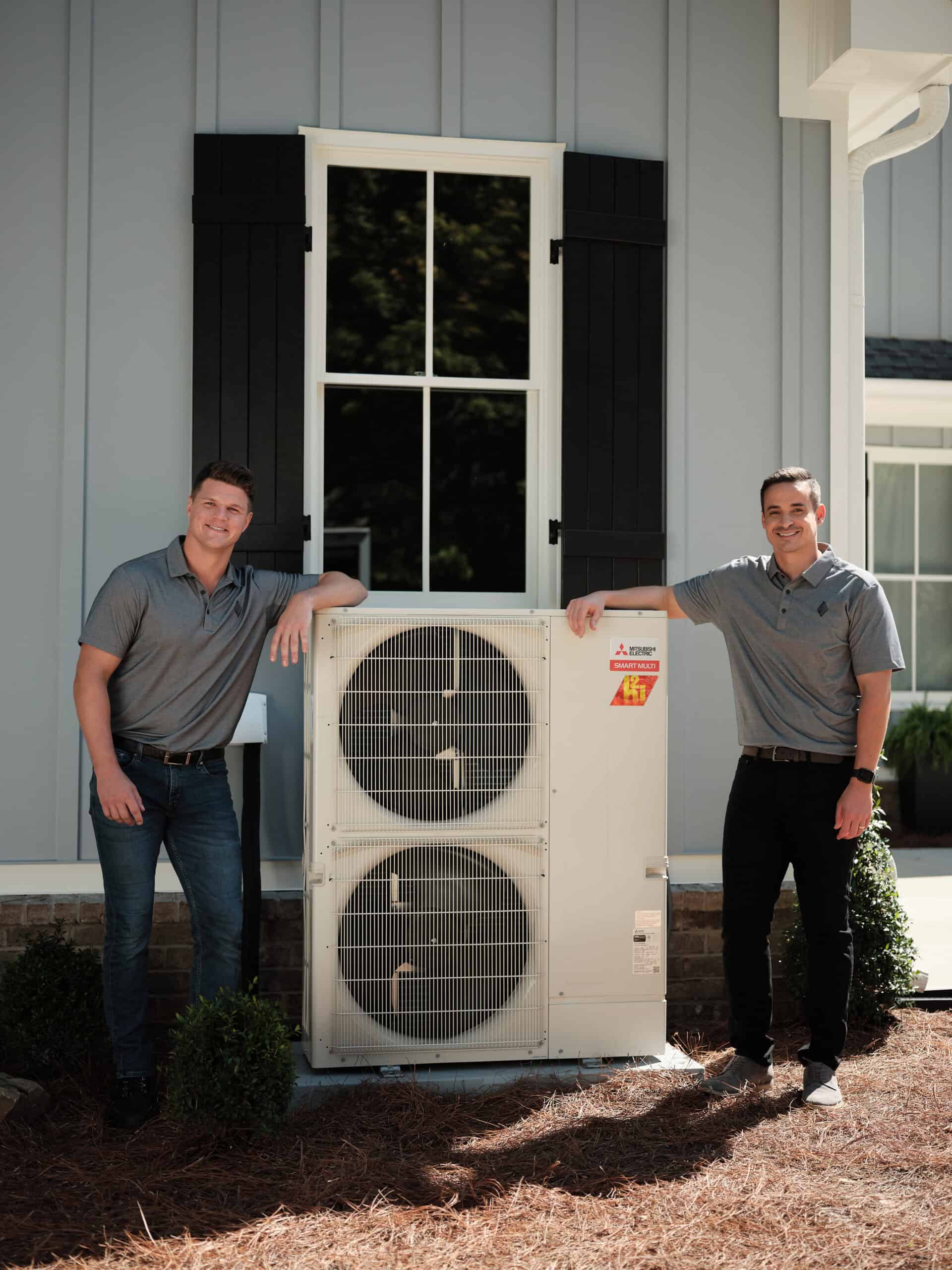
Are you looking to enhance your home’s comfort and efficiency in Denver, Centennial, Littleton, or Highlands Ranch? UniColorado Heating & Cooling is your trusted expert for ductless minisplit and minisplit installations. These innovative systems provide a versatile and energy-efficient solution for homes without existing ductwork or those seeking targeted heating and cooling.
At UniColorado, we’ve successfully installed countless minisplit systems, delivering exceptional results thanks to our experienced team and comprehensive system design process. We’ll carefully evaluate your home’s unique requirements to develop a tailored solution that optimizes comfort, performance, and energy savings while minimizing your utility costs.
Moreover, we simplify the rebate and incentive process by handling most eligible rebates upfront at the time of sale. This allows you to enjoy the advantages of your new minisplit system without the burden of dealing with paperwork.
Elevate your home’s comfort and efficiency with a minisplit system designed specifically for your needs by UniColorado Heating & Cooling. Reach out to us today to discover more and schedule your personalized consultation.
We love incentives & rebates to save our homeowners money where we can. Ask us about what rebates you’re eligible for and how to get them.

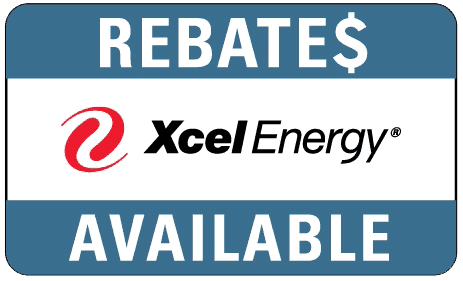


UniColorado is your premier provider of mini-split heat pump installation services throughout the Denver metropolitan area. We proudly serve homeowners within a 25-mile radius of Denver, CO, ensuring that residents in the city and surrounding suburbs have access to our expert mini-split heat pump solutions. Whether you need a new mini-split system installed or an old unit replaced, our skilled technicians are ready to help.
Our extensive service area covers a wide range of cities and communities, including:
We understand that investing in a new mini-split heat pump system is a significant decision. That’s why our team is dedicated to providing personalized solutions that fit your specific needs and budget. Our technicians have the expertise to install and replace all makes and models of mini-split heat pumps, ensuring that your home remains comfortable year-round.
At UniColorado, customer satisfaction is our top priority. We take great pride in our commitment to delivering exceptional service and ensuring that your mini-split heat pump installation project is completed efficiently and effectively. When you choose us as your mini-split heat pump installation company, you can trust that we will work diligently to provide you with the best possible solution.
If you live within a 25-mile radius of Denver, CO, and are in need of mini-split heat pump installation services, don’t hesitate to reach out to the experts at UniColorado. Contact us today to schedule your consultation and take the first step towards a more comfortable and energy-efficient home.
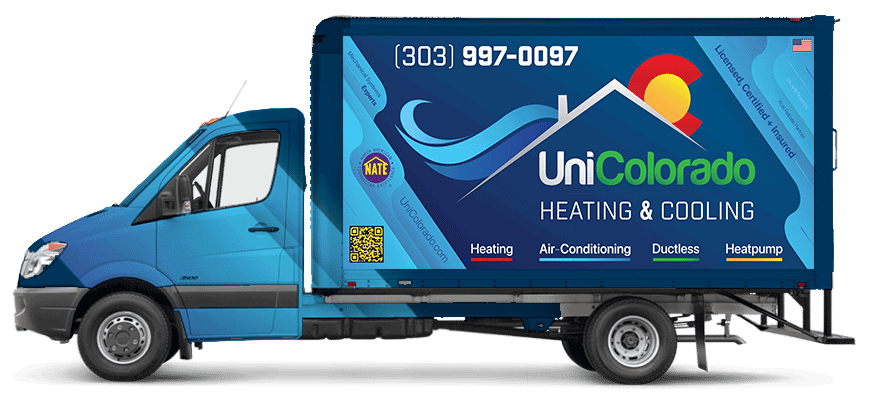




We’re proud to consistently achieve 100% homeowner satisfaction. That’s the UniCo way.


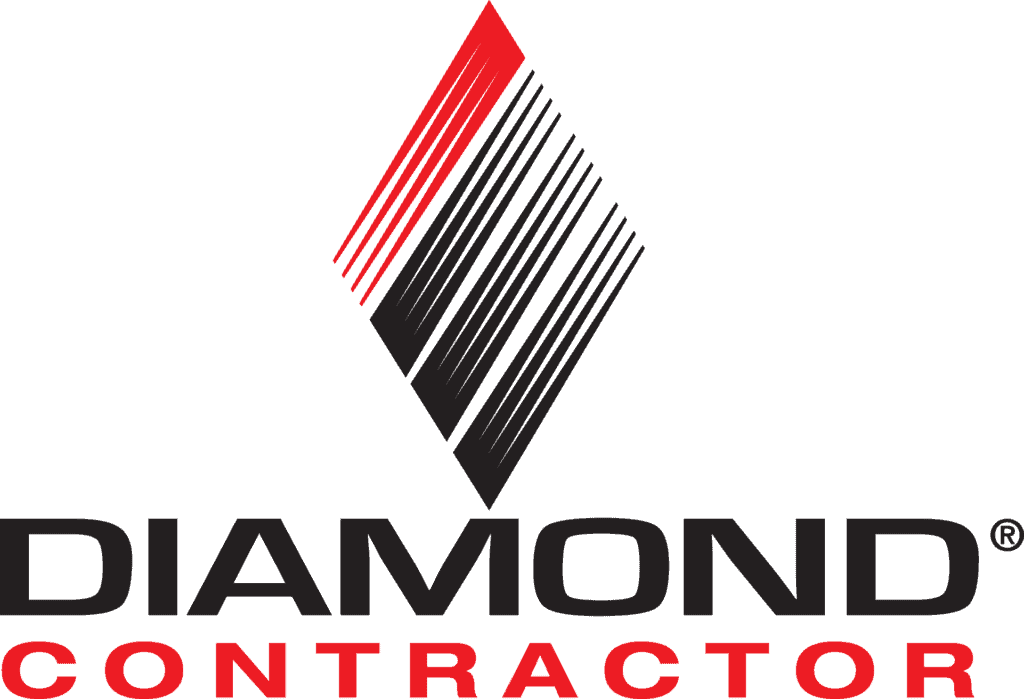


At UniColorado, we are also experts in ductless mini-split heat pump installations throughout Colorado. With over a decade of experience as a local company, we have installed more than 2,500 ductless heat pump systems. Our technicians receive extensive training directly from manufacturers and hold various efficiency certifications, guaranteeing that you receive top-notch service for your mini-split installation.
As an authorized dealer for over 30 leading HVAC brands, including being a Mitsubishi Diamond Elite Contractor, Fujitsu, and LG Contractor, we can offer extended warranties on our ductless installations. Mitsubishi units are covered for 12 years, while all other units are protected for 10 years.
When you select UniColorado for your mini-split heat pump installation, you benefit from our expertise, certifications, and dedication to quality. Our position as a leader in the HVAC industry ensures that you receive the best possible service and equipment for your home comfort and energy efficiency needs. Ductless systems provide targeted comfort, energy savings, and flexibility in installation, making them an ideal choice for many homes. Contact us today to discover how we can enhance your home’s comfort and energy savings with a new ductless mini-split heat pump system.
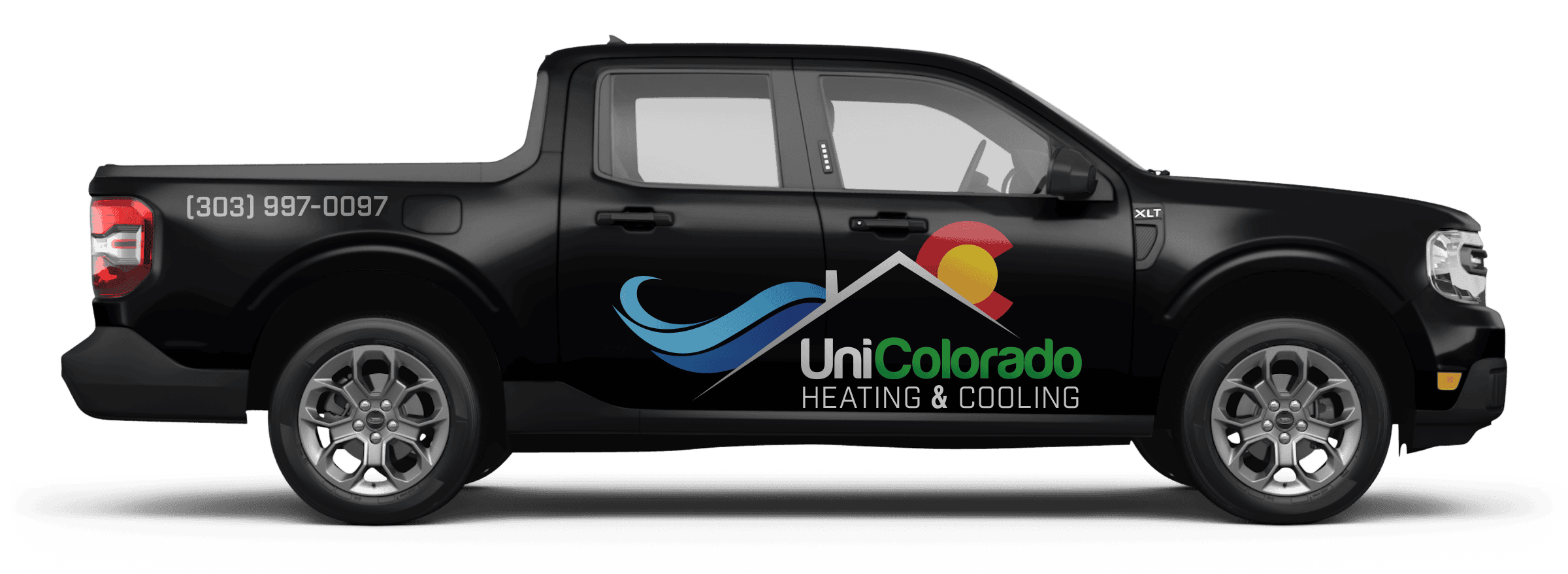
The cost of installing a mini-split heat pump system in Denver can range from $4,500 to $25,000+. This cost typically includes the installation of the outdoor heat pump condenser, indoor air handling units, materials, labor, and tax.
One of the advantages of mini-split heat pump systems is that they do not require a furnace to function efficiently. This makes them an excellent choice for homes without existing ductwork or for those looking to supplement their current heating and cooling system. Mini-splits provide targeted comfort, allowing you to heat or cool specific areas of your home as needed.
| Type of System | Cost Range |
|---|---|
| 1-Zone Mini-Split | $5,600 to $7,500 |
| 2-Zone Mini-Split | $9,800 to $14,100 |
| 3-Zone Mini-Split or more | $15,200 to $29,100 |
When selecting a mini-split heat pump for your home, you’ll likely come across both standard and cold climate models. The primary difference between the two lies in their performance in lower temperatures.
Standard mini-split systems work well in milder climates but may struggle to maintain comfort and efficiency when temperatures drop below freezing. In contrast, cold climate mini-splits are engineered to operate effectively even in sub-zero temperatures.
If you reside in an area with harsh winters, a cold climate ductless mini-split is often the better choice for your home. These units utilize advanced technology, such as variable-speed compressors and enhanced defrost cycles, to ensure reliable heating performance even during the coldest months.
Although cold climate mini-split systems may have a slightly higher upfront cost compared to standard models, the difference in cost is often minimal. Moreover, due to the availability of rebates and incentives, the cold climate units frequently become the more attractive option. Many utility companies and government agencies offer substantial rebates for installing cold climate ductless mini-splits, recognizing their superior efficiency and performance in lower temperatures.
These rebates can significantly offset the initial cost difference between standard and cold climate models, making the latter a more affordable and cost-effective choice. When coupled with the improved efficiency and performance in colder regions, cold climate ductless mini-splits offer a wise investment for homeowners seeking reliable, energy-efficient heating and cooling solutions.
A mini-split heat pump gets its name primarily from the compact size of its outdoor compressor/condenser unit, which is significantly smaller than the outdoor units used in traditional central air conditioning or heat pump systems. This smaller size allows for more flexible installation options, as the outdoor unit can be placed in various locations around the home, such as on an exterior wall or even on a balcony.
The term “split” refers to the fact that the system is split into two main components: the outdoor compressor/condenser unit and the indoor air-handling unit(s). The indoor and outdoor units are connected by refrigerant lines and electrical wiring, which allows for the transfer of heat between the two components.
The compact size of the outdoor unit, combined with the lack of ductwork, makes mini-split heat pumps an attractive option for homes with limited outdoor space or for those looking to retrofit heating and cooling systems in older homes or room additions. Despite their smaller size, mini-split heat pumps are capable of efficiently heating and cooling spaces, providing a versatile and energy-efficient solution for many homeowners.
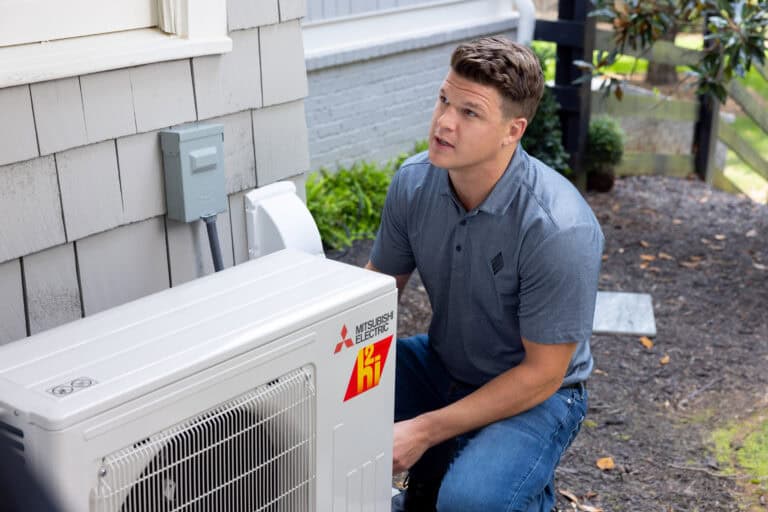
Mini-split heat pumps offer several advantages over traditional systems like boilers or furnaces. Mini-splits provide both heating and cooling, eliminating the need for separate systems. They also offer zoned temperature control, allowing you to heat or cool specific areas of your home as needed, resulting in improved energy efficiency and cost savings. Additionally, mini-splits do not require ductwork, making them easier to install and suitable for homes where installing ducts is impractical. If you’re looking to upgrade your heating system, the experienced team at UniColorado can help you determine if a mini-split heat pump is the right choice for your home.
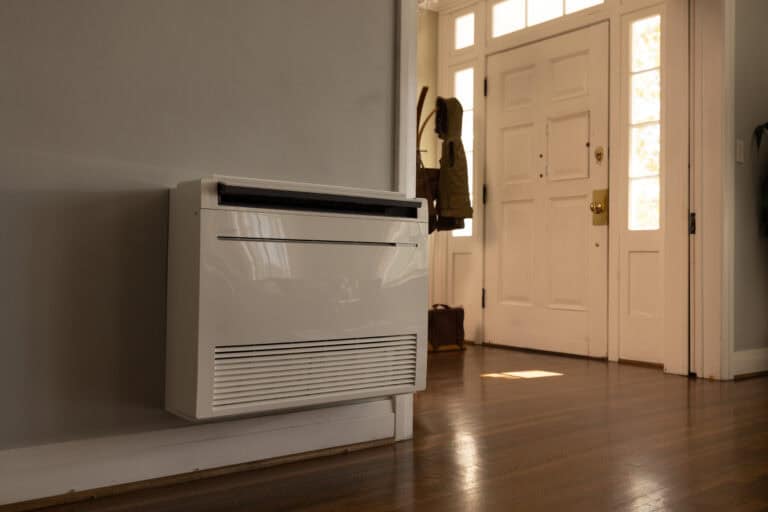
While most mini-split heat pumps are ductless, ducted mini-split systems are an excellent option for homeowners who prefer a more discrete appearance. With ducted mini-splits, the indoor air handling unit is concealed within a small space, such as a closet or attic, and connects to short ductwork that distributes conditioned air through vents in the ceiling or floor. This allows for a cleaner, more streamlined look compared to wall-mounted units. Ducted mini-splits offer the same energy efficiency and zoned temperature control as their ductless counterparts. If you’re interested in a hidden comfort solution for your home, contact UniColorado to learn more about ducted mini-split heat pump installation.
Mixed mini-split heat pump systems offer the flexibility to combine both ducted and ductless indoor units, catering to the unique needs of your home. This allows you to maintain the aesthetic appeal of your main living areas with ducted units while enjoying the targeted comfort of ductless units in specific rooms, such as bedrooms or home offices. Mixed systems are particularly beneficial for larger homes or those with diverse heating and cooling requirements. UniColorado’s experienced team can design a custom mixed mini-split system that optimizes comfort and efficiency throughout your entire home.
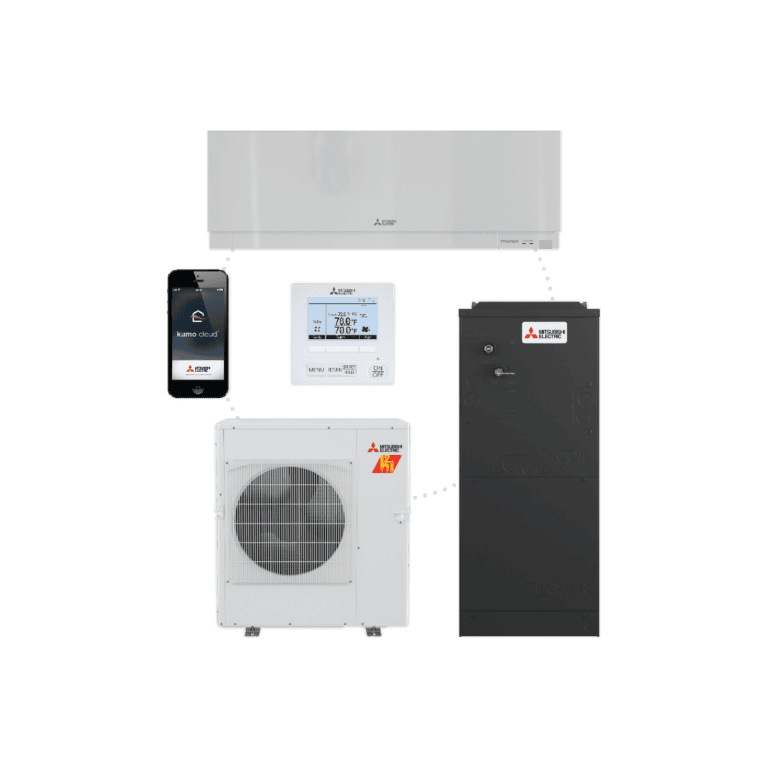
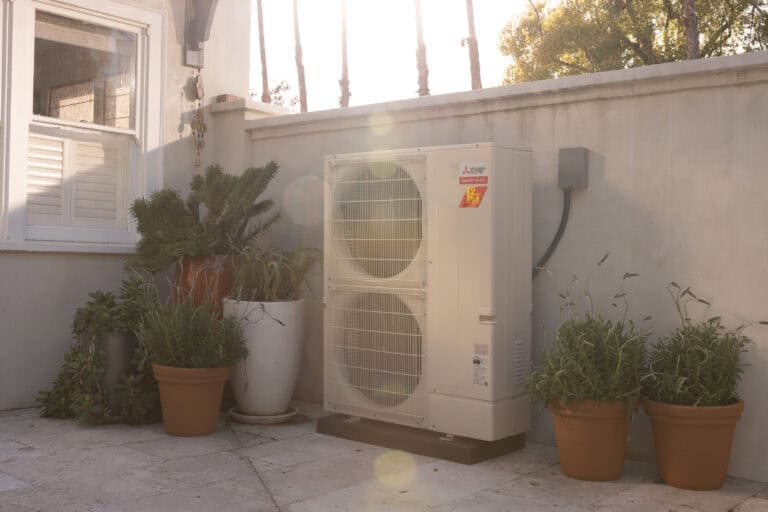
A mini-split heat pump is a compact, energy-efficient heating and cooling system that consists of an outdoor compressor unit and one or more indoor air handling units, connected by refrigerant lines.
Mini-split heat pumps use refrigerant to transfer heat between the indoor and outdoor units. In cooling mode, they remove heat from inside your home and release it outside. In heating mode, they extract heat from the outdoor air and bring it inside.
Mini-split heat pumps offer energy efficiency, zoned temperature control, quiet operation, and the ability to provide both heating and cooling from a single system. They are also easier to install than traditional HVAC systems, as they don’t require ductwork.
Yes, cold climate mini-split heat pumps are specifically designed to operate efficiently in sub-zero temperatures. These units feature advanced technology, such as variable-speed compressors and enhanced defrost cycles, to ensure reliable heating performance even in harsh winter conditions.
Due to their high energy efficiency, mini-split heat pumps can actually help you save money on your heating and cooling costs compared to traditional systems. Many utility companies and government agencies also offer rebates and incentives for installing these energy-efficient systems.
With proper installation and maintenance, mini-split heat pumps can last 15-20 years or more. Regular cleaning of filters and coils, as well as annual professional maintenance, can help extend the life of your system and ensure optimal performance.
Mini-split heat pumps are known for their quiet operation, with many indoor units operating at noise levels as low as 19 decibels – comparable to a soft whisper. The outdoor compressor unit is also designed to run quietly, minimizing any disturbance to your home environment.
Yes, a mini-split heat pump can be an excellent way to supplement your existing heating system, especially in areas of your home that may not be adequately served by your current setup. This can help improve overall comfort and energy efficiency.
To begin the process of installing a mini-split heat pump in your home, contact the experienced professionals at UniColorado. They will assess your home’s unique needs, recommend the best system for your requirements, and provide expert installation services to ensure optimal performance and efficiency.
